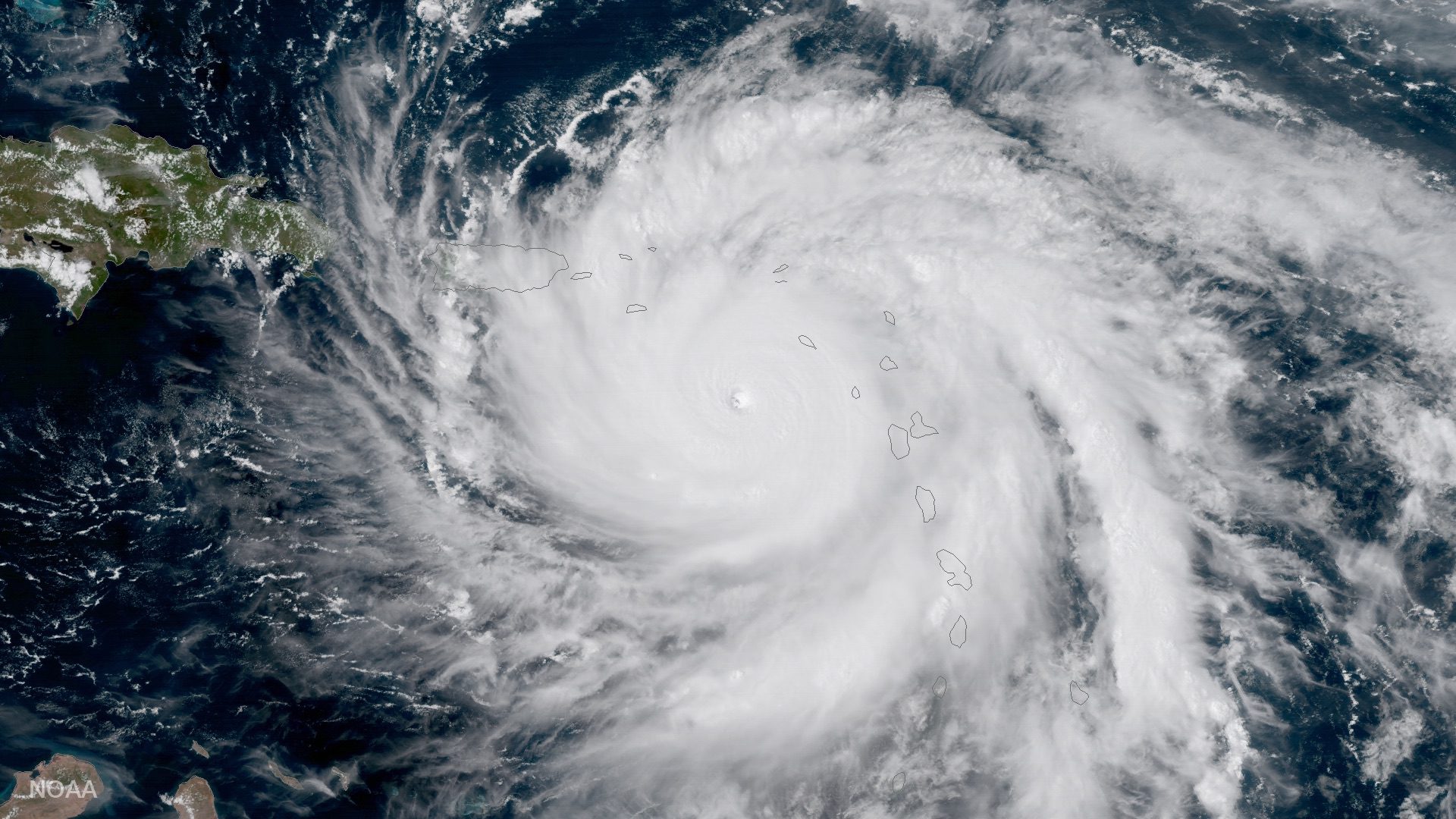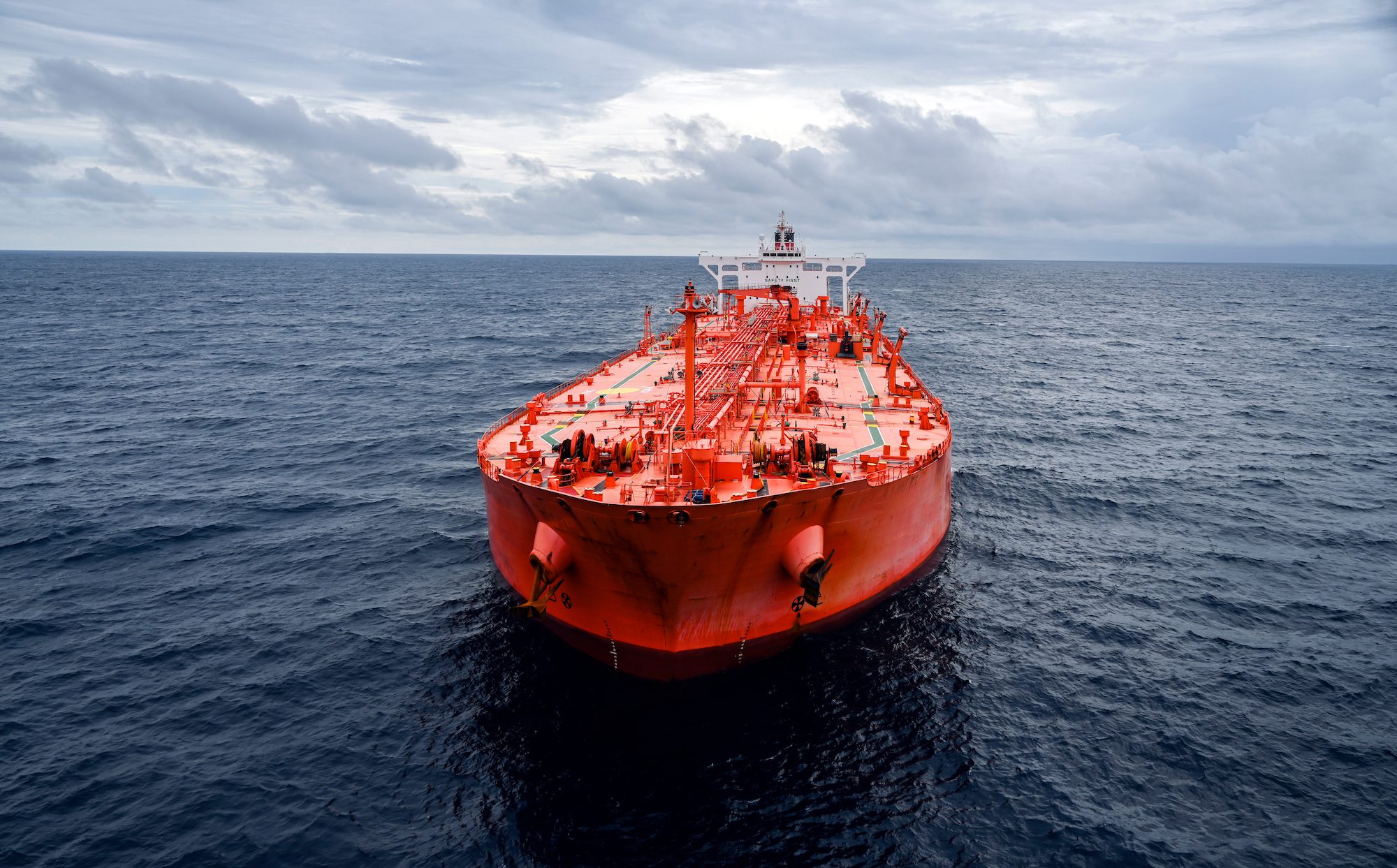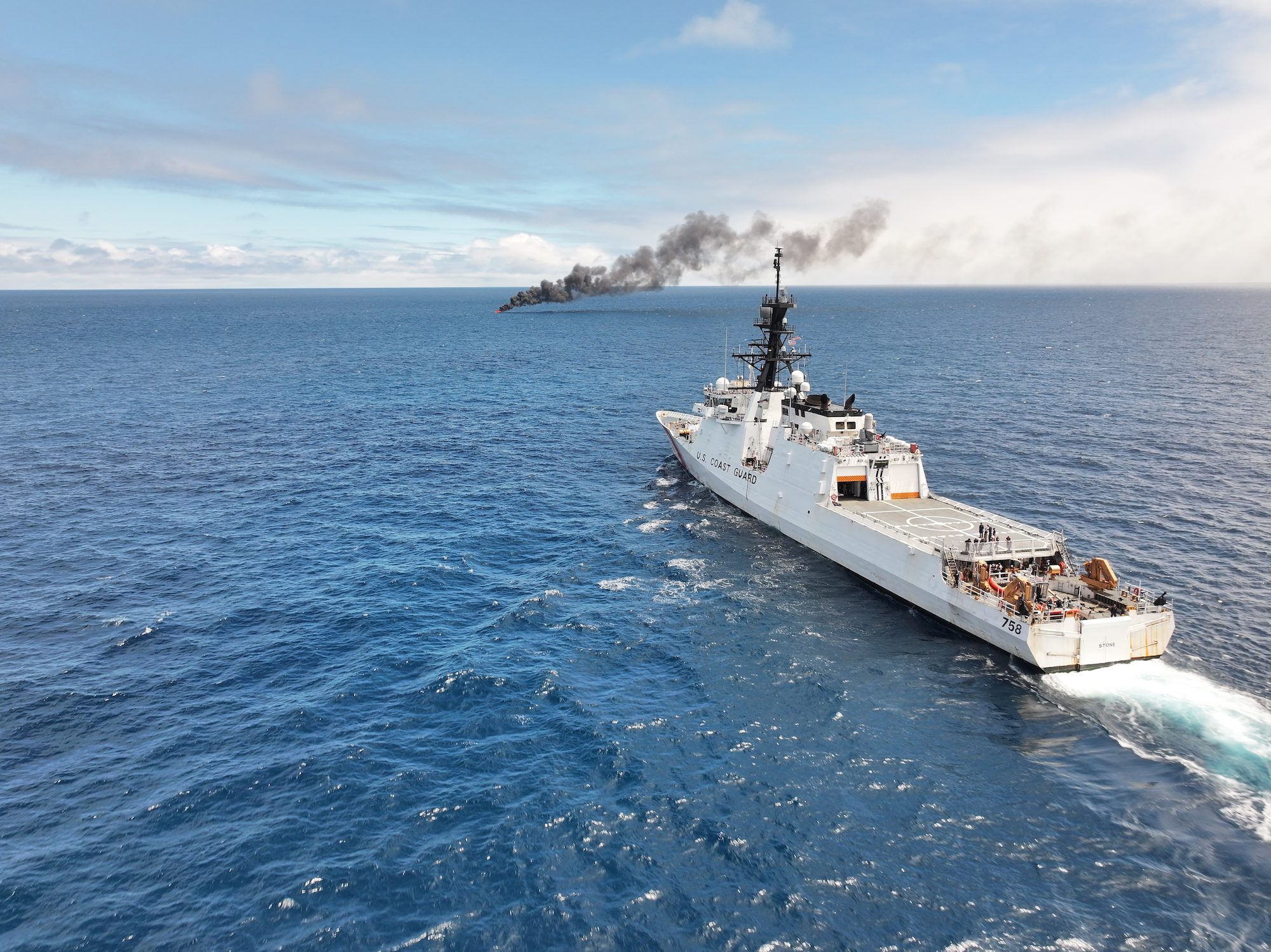This NOAA GOES-16 geocolor image shows Hurricane Maria as it moves across the northeastern Caribbean toward the Virgin Islands and Puerto Rico. The Category 5 hurricane made landfall on Dominica Monday night Sept. 18th. Photo courtesy: NOAA

By Alvin Baez SAN JUAN, Puerto Rico, Sept 19 (Reuters) – Hurricane Maria, the second maximum-strength storm to rage over the Caribbean this month, killed at least one person in Guadeloupe and barreled toward the Virgin Islands and Puerto Rico on Tuesday after devastating the small island nation of Dominica.
Maria, a rare Category 5 storm at the top end of the five-step Saffir-Simpson scale, churned in the eastern Caribbean about 110 miles (175 km) southeast of St. Croix in the U.S. Virgin Islands, U.S. forecasters said.
It was carrying maximum sustained winds of 160 miles per hour (260 km per hour), the U.S. National Hurricane Center (NHC) said, describing Maria as “potentially catastrophic.”
The storm plowed into Dominica, a mountainous country of 72,000 people, late on Monday causing what Prime Minister Roosevelt Skerrit called “mind boggling” destruction. Maria was carrying 155-mph (250-kph) winds when it hit, the NHC said.
“The winds have swept away the roofs of almost every person I have spoken to or otherwise made contact with,” Skerrit said on Facebook, noting that his own residence had been hit too. He added that his focus was now on rescuing people who might be trapped, and getting medical help for the injured.
Just to the north of Dominica, the French overseas territory of Guadeloupe appeared to have been hit hard. The Guadeloupe prefecture said in a Twitter post that one person was killed by a falling tree and at least two people were missing in a shipwreck.
Some roofs had been ripped off, roads were blocked by fallen trees, 80,000 households were without power and there was flooding in some southern coastal areas, the prefecture said.
Video footage released by the prefecture showed tree-bending winds whipping ferociously through deserted streets and shaking lamp posts when the storm first hit.
The region was punched just days ago by Hurricane Irma, which ranked as one of the most powerful Atlantic storms on record. Irma devastated several small islands, including Barbuda and the U.S. Virgin Islands of St. Thomas and St. John, and caused heavy damage in Cuba and Florida, killing at least 84 people in the Caribbean and the U.S. mainland.
Maria was expected to remain an extremely dangerous category 4 or 5 hurricane until it passed near or over the Virgin Islands overnight and Puerto Rico on Wednesday, the NHC said.
Related: Coast Guard Closes Ports in Puerto Rico, U.S. Virgin Islands
It was expected to pass near St. Croix, the part of the U.S. Virgin Islands that escaped the brunt of Irma on Sept. 6. The head of emergency services for the U.S. Virgin Islands, Mona Barnes, urged residents to go to designated shelters.
“You’re not making a wise decision by trying to stay at home by yourself and ride this storm out,” Barnes said.
St. Croix is home to about 55,000 year-round residents, roughly half of the entire territory’s population.
The governor of the U.S. Virgin Islands, Kenneth Mapp, said on Monday evening most inhabitants of the island would be without electricity for weeks.
SHELTER IN A BATHTUB
People choosing to stay in their homes should consider climbing into a second-floor bathtub and pulling a mattress over them to stay safe in the event they lose their roofs, Mapp said.
Maria was predicted to be the worst storm to hit St. Croix since Hugo, a Category 4 storm, in 1989. The territory’s two other main islands, St. Thomas and St. John, which lie to the north of St. Croix, sustained widespread and heavy damage from Irma.
Puerto Rico, a U.S. territory with about 3.4 million inhabitants, avoided a direct hit from Irma two weeks ago as that storm skirted north, although it still saw damage.
Puerto Rico’s governor, Ricardo Rossello, urged residents to go to official shelters, saying, “It’s time to act and look for a safe place if you live in flood-prone areas or in wooden or vulnerable structures.”
Shelters in Puerto Rico have capacity for nearly 70,000 people, but Puerto Rico Housing Secretary Fernando Gil said he was concerned that only 299 people had taken refuge in official centers as of Tuesday morning.
DHS Extends Jones Act Waiver and Broadens Geographic Area Covered, But Many Questions Still Unanswered
Parts of Puerto Rico could see up to 25 inches (64 cm) of rain, the NHC said.
In Saint Martin, where nearly a third of all buildings on the Dutch half of the island were destroyed by Irma, the airport and harbor were closed ahead of Maria’s approach.
“Saint Martin is the big concern because a lot of homes lost their roofs. They are vulnerable to a lot of rain, which will only make the situation worse,” said Paul Middelberg, a spokesman for the Dutch navy.
Maria is the 13th named Atlantic storm of the year, the seventh hurricane so far this season and the fourth major hurricane – defined as Category 3 or higher – following Harvey, Irma and Jose, the NHC said. Those numbers are all above average for a typical season, which runs from June 1 to Nov. 30. (Additional reporting by Daina Beth Solomon in Mexico City, Richard Lough in Paris, Anthony Deutsch in Amsterdam, Robert Edison Sandiford in Bridgetown, Barbados; Harriet McLeod in Charleston, South Carolina and Brendan O’Brien in Milwaukee; Writing by Frank Jack Daniel and Michael O’Boyle; Editing by Frances Kerry)
(c) Copyright Thomson Reuters 2017.

 Join The Club
Join The Club











